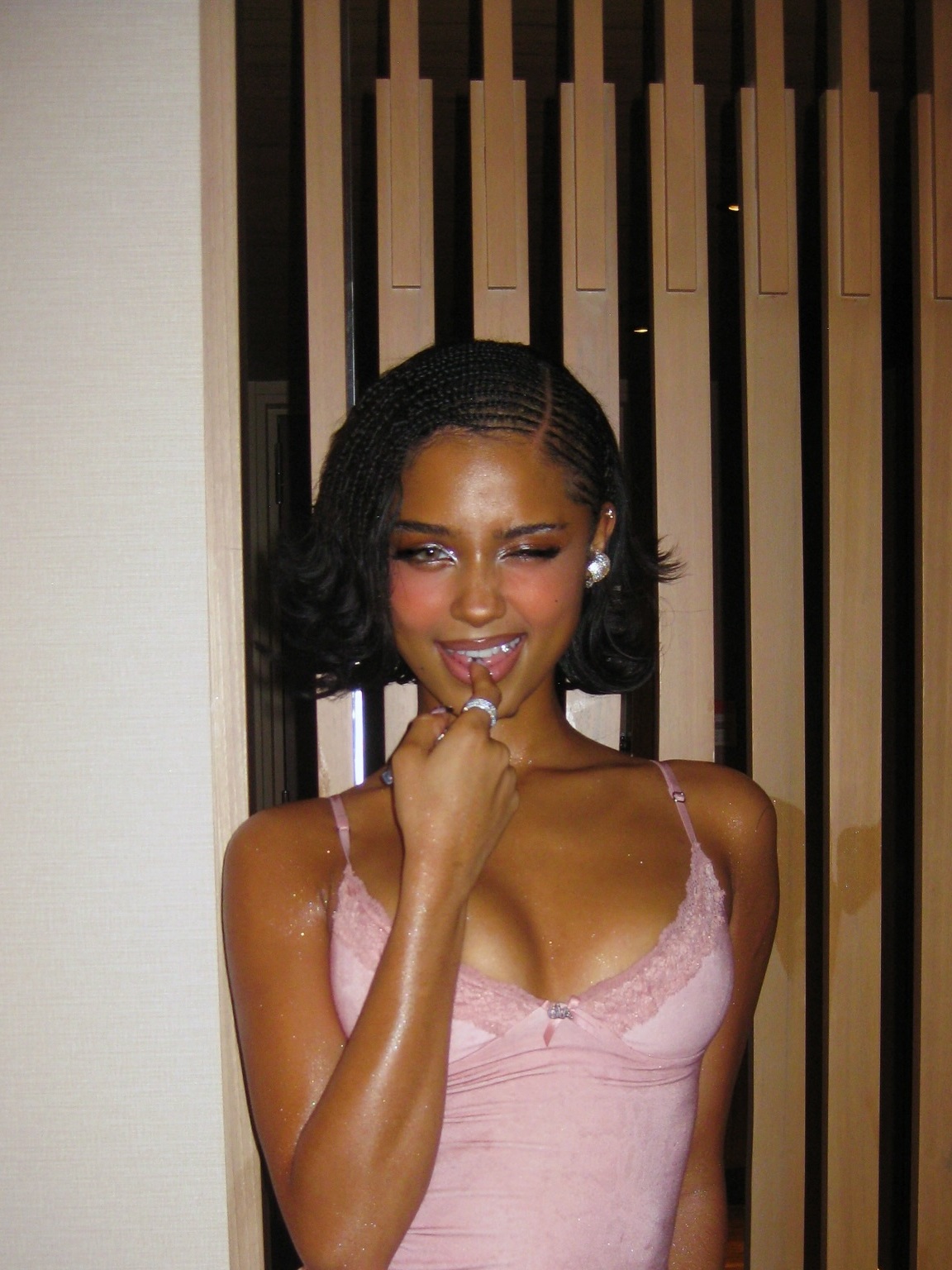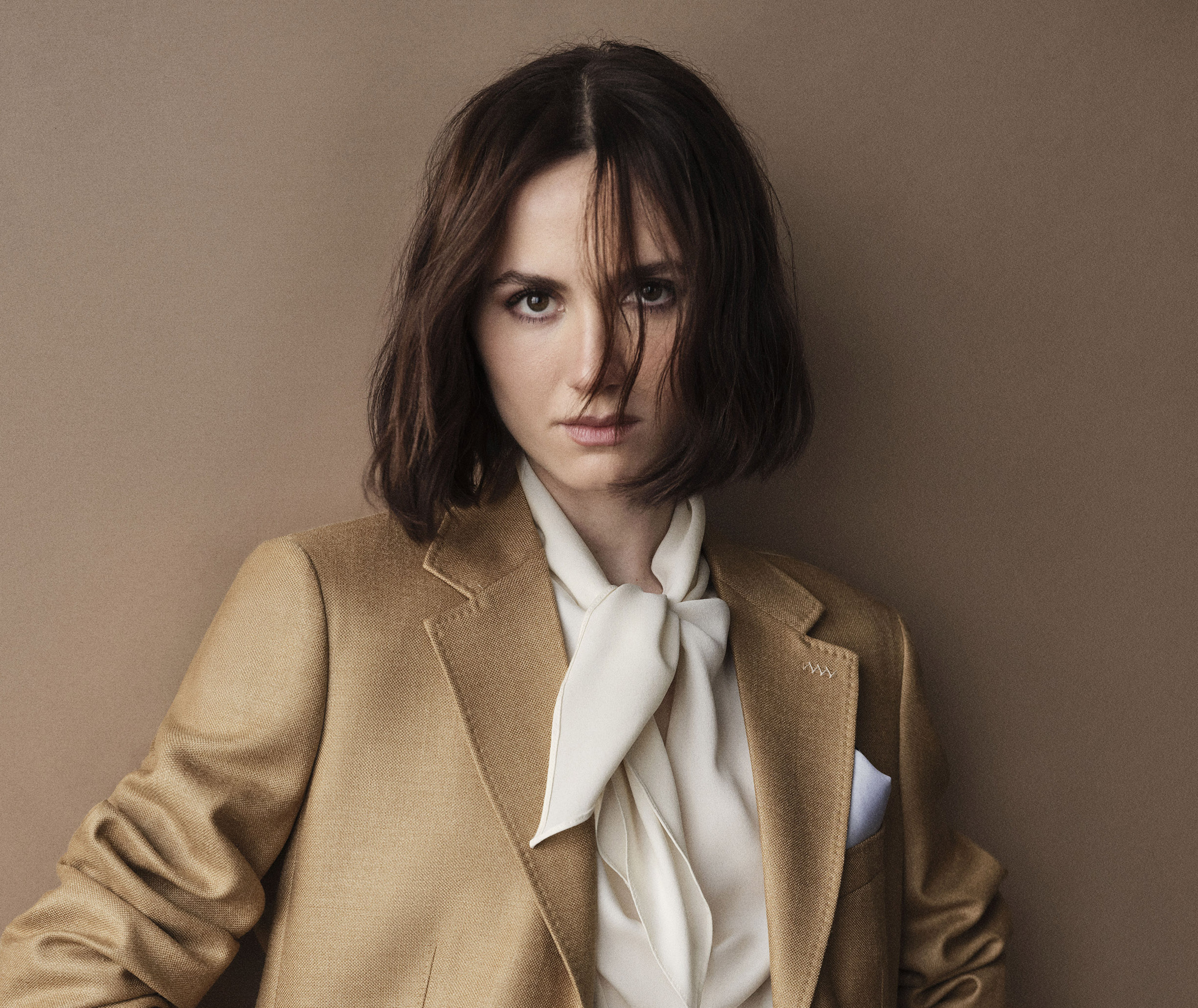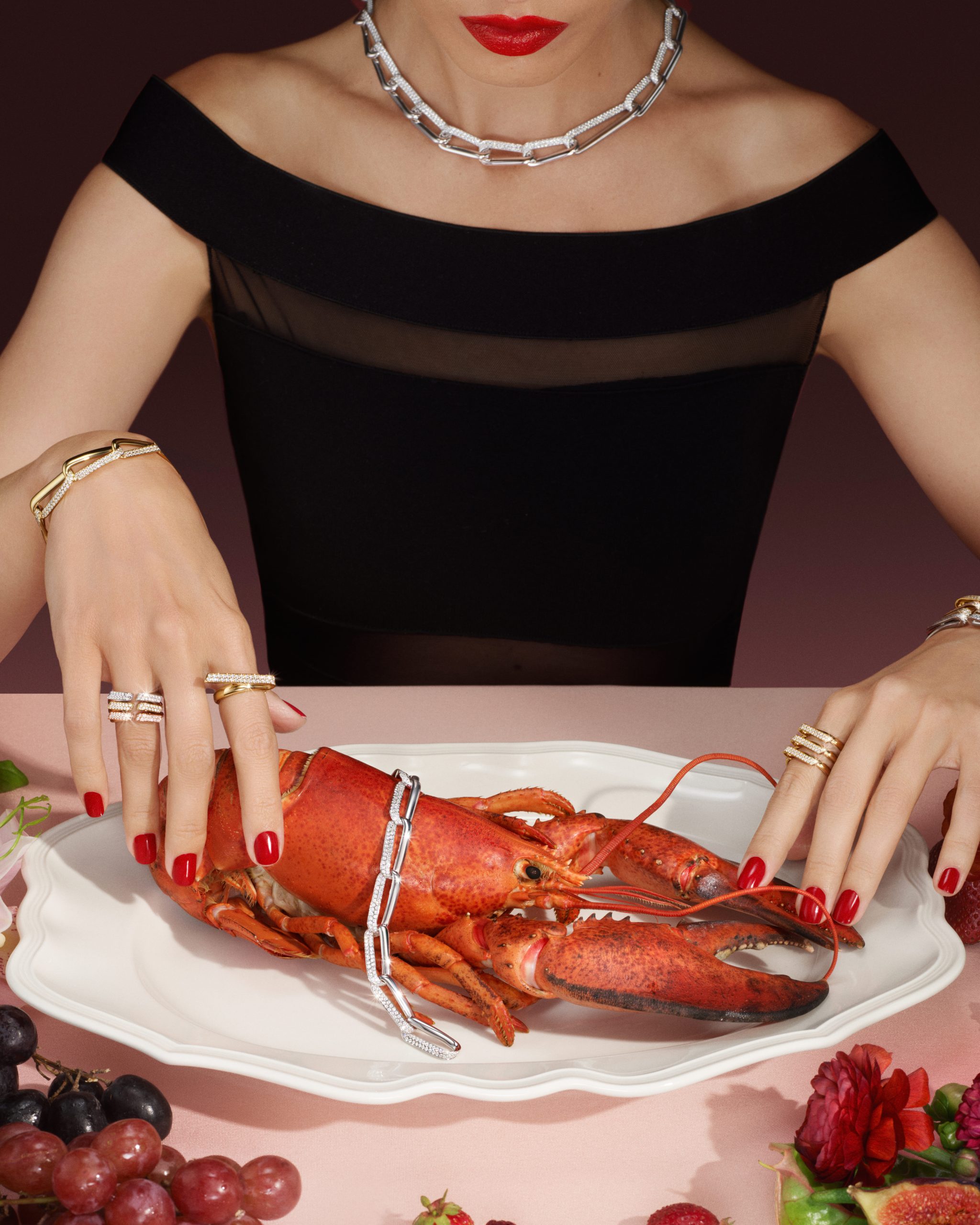
Korean fine arts photographer Kim Woo Young, who splits his time between Seoul and Los Angeles, is having his very first exhibition here in Hong Kong. Urban Odyssey will be hosted at Soluna Fine Art in Sheung Wan from September 20 to October 19, 2019 and features 12 photographs taken on his journeys in the United States and South Korea. They show Mr Kim’s signature technique of making his focal point appear as if things were seamlessly connected. He captures how he envisions these urban landscapes and nature scenes in their purest, simplest form with the help of the weather, as Kim believes that weather tells more than just temperature; it brings out a feeling, an atmosphere and a vibe.
Born in the port city of Busan, South Korea, Kim graduated from Hongik University with a bachelor’s degree and a Master of Fine Arts in Urban Design and Industrial Design. With a keen interest in photography, he then continued his studies at the School of Visual Arts in New York City and received his Bachelor of Fine Arts in Photography.
A man of many talents, he has been known for being a trained architect and a city planner, but in terms of the fashion industry, Kim has been a photography director for 10 different lifestyle magazines in Korea from 1996 to 2007. His work and artistry are revolutionary, and they still affect the current photography landscape of fashion, cosmetics and lifestyle editorials.
One day, Kim decided to take a personal trip in hopes of experiencing something beyond his everyday routine. He went all the way from the East to the West and because of this trip, his artistic visions and beliefs are reflected in his current work.
Recently, I interviewed Kim and his team, and learned that his visions show us more than what is laid out in front of us. I still smile at the thought of his innate passion when explaining his artistic vision and his fond memories.
Congratulations on your first exhibition here in Hong Kong. Tell us a little bit more about yourself and Urban Odyssey.
[Kim] I majored in urban design, and I do fine arts photography a lot, so I have to have records and be aware of my surroundings. I have had a lot of different experiences, and I have always been interested in learning and understanding human beings, cities and nature. So I thought to myself: in what way can I see and describe my interests? Photography was my answer, because I was starting to get a hang of it and it’s the type of work I can do on my own. I’ve always been interested in movies and television shows, but I think, in some way, they’re just like photography. Though some people may not agree, photography can tell a story. So I decided to become a photographer and I started in the US.
Although I got to experience a lot of different things at school, I didn’t feel satisfied enough. So finally, I decided to do fine art photography. In my art, I want things to be simple. I don’t want pieces to be too experimental. I want to capture things just as they are – natural, not too many filters. These pieces are all taken with my camera; they’re real. Some of them may have a little touch-up in Photoshop, but what I’ve captured is what you see in real life. I just started to find places with buildings, abandoned stores, even towns. So that’s why I travel a lot, I’ve travelled to Asia and the US, but I mostly travel to the States. That’s my story.
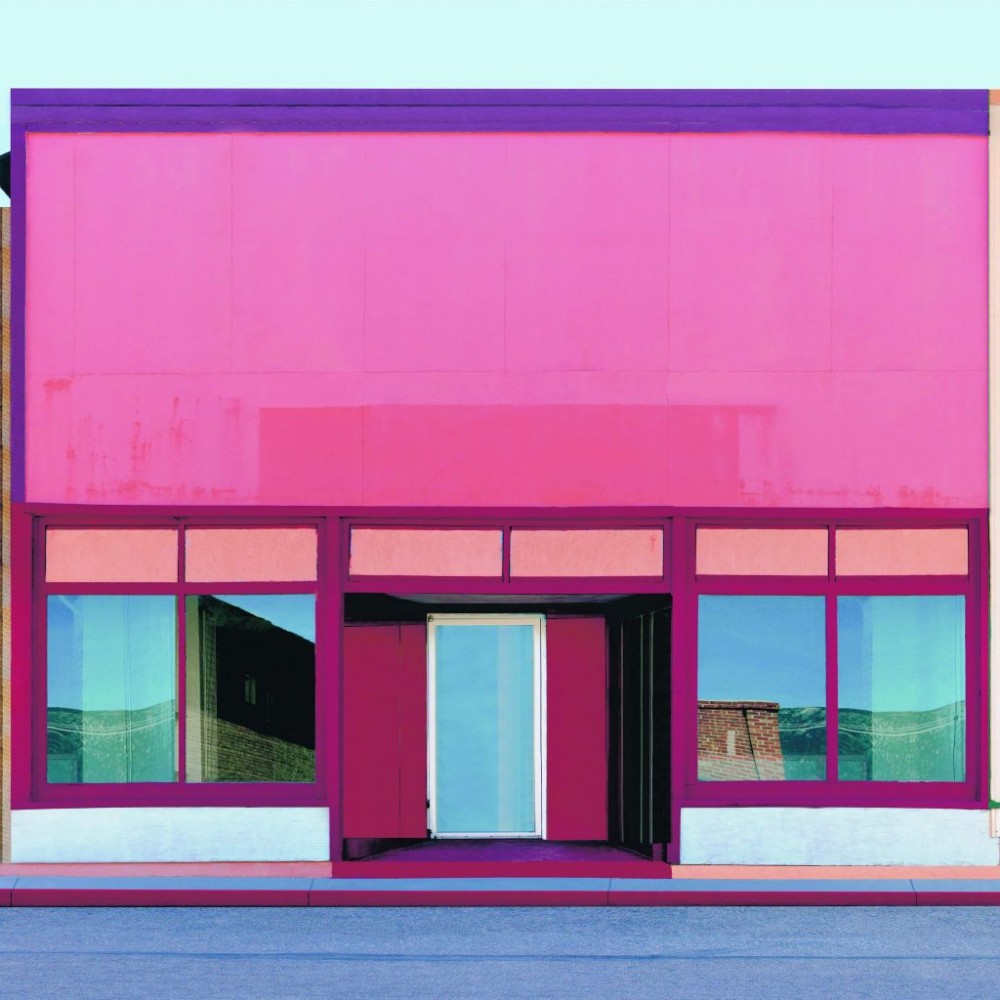
On your website, your biography mentioned that when you were a student in the US, you took a cross-country road trip from the East Coast to the West Coast, and that’s when you discovered Death Valley. Can you take us back to the days of that road trip to Death Valley, and what attracted you and made you fall in love with that place?
[Kim] Before I made Death Valley my home away from home, I had a personal trip. That was when I realised that being an artist is more important to me, so that’s why I chose to go to the US again and leave my job. I was in Korea after finishing school and I stayed there for 15 years. I spent that time encountering success and failures. But I wanted to leave, so I visited the US, and I walked around there and explored. That’s all I did; I didn’t take pictures at all, just examined things. I kind of suffered by myself because I didn’t meet anybody – it was a lonely trip and I felt very humbled. I arrived at Death Valley, and it was as if I was in a whole new universe – like I was on the moon or Mars, because nobody was around, since it’s a desert.
Before this trip, I cried a lot and I would always ask myself: “What is this life?” But when I arrived at Death Valley, I felt this strong energy. I felt in awe and I told myself that I had to go back there. I believed that I could describe this feeling and moment. So I went back to Los Angeles to pick up my equipment. Then I started to document different things every day, because I had an image I wanted to describe. So I kept records of the places and buildings I found interesting. After camping out for a while – it was a desert, after all, so I realised I needed an actual place to stay. So I looked for a simple house. It wasn’t exactly in Death Valley, but a small town that’s an hour away.
Every day, it was the same routine for me. The desert made me feel alone, yet present, and something about it always draws me back. Even when I’m officially living in Korea, I tend to be back in that small town every year. That place is a place for me to escape. I feel like I’ve been reborn when I’m there. I highly recommend those who have struggled in the past and are feeling lost to go and explore Death Valley. It’s very different there. I felt like a little donkey, but it’s good! [laughs]
It’s like you’re starting from zero and slowly developing yourself in that place!
[Kim] Yes, yes. Before these pictures were taken, I took notes about them. Then, over time, I started to travel to towns and places nearby to document them and see if they communicate with one another. I think most of my pictures have their own stories. I took these pictures mainly during the morning, when I’m alone – when nobody’s around. When I found a spot, I wrote a memo, like what time I should go back and what weather that day should be. I tried shooting them several times, so I have documented this specific wall or building at different times. And of course, I have notes on what colour pays off in specific weather.
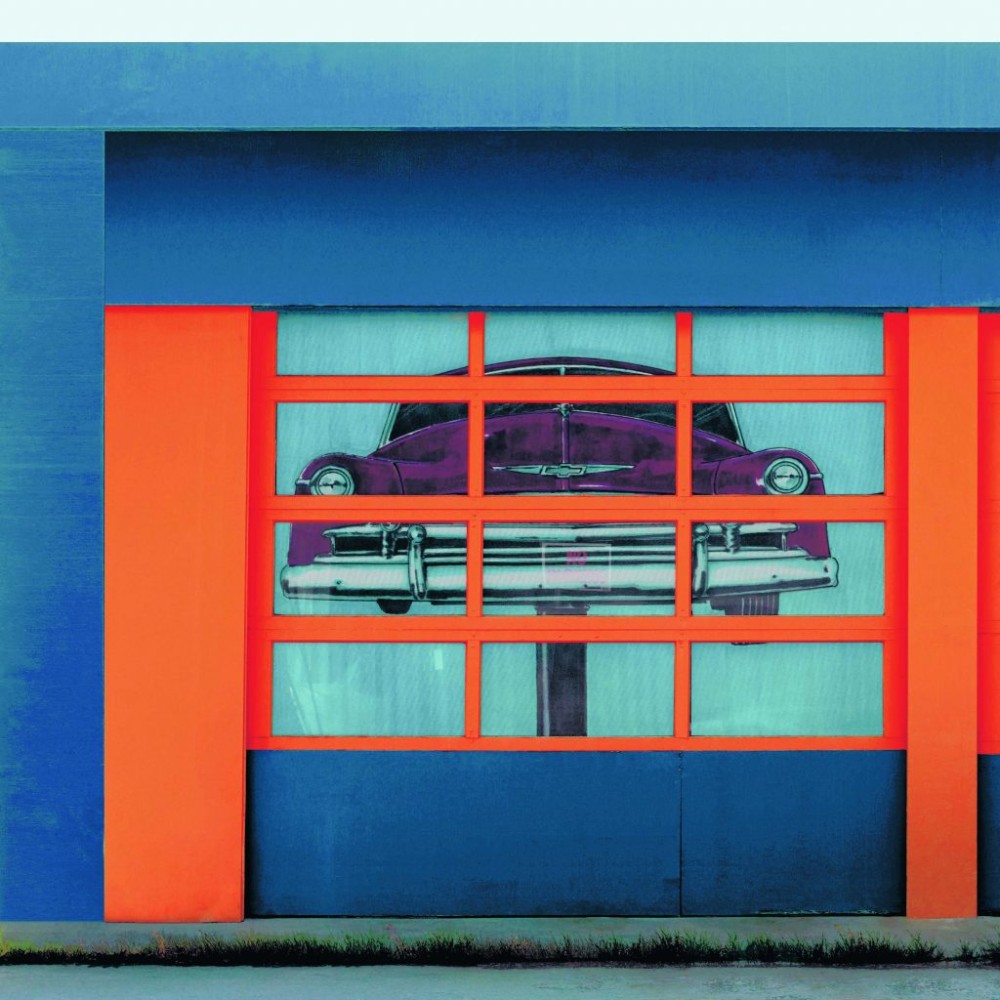
Among all the artworks shown in this exhibition, which location was the most memorable place to photograph?
[Kim] California! Overall, this world has given us four seasons. Like in Korea, it has four seasons and we can estimate when these seasons occur. California, however, is different – a very short winter and rainy days. A lot of my pictures have vibrant colours; those were taken in the summertime in the US. You can’t get these vibrant colours in Korea, because weather affects the temperature, the humidity, the moisture in the air. So with this kind of weather, building walls can decay, and paint can chip or have discolouration. But California, being a desert, it stays the same. It’s sunny and bright there, and when the sun’s up, it barely forms shadows. So, I think because of that, California makes me feel these positive feelings.
What’s the difference between the image outcomes of Korea and the US?
[Team] You can easily tell them apart – these were taken in Korea, but they’re not just black and white because of the film; they’re naturally black and white. Also, these were taken in the winter. I like that weather; they give off an icy and cloudy atmosphere.
Yeah, they do look very chilling and the complete opposite from the one taken in Death Valley.
[Team] Although it doesn’t give off the urban aesthetics, it is a Korean-style type of urban. The colours and style are different. They don’t show a hard edge; it’s all very organic.
[Kim] To me, the weather is very important. Weather and the sun. The colours are stronger under the light of the sun. So in the morning you see a different colour, like sunnier and harsh, but sunset hour is a warmer, softer colour. That’s why you see a certain colour now, but after a while, a different colour appears. So that’s why the weather is so important to me. When I visit Korea, when you see this kind of scenery, summertime is different there. Because it’s not harsh or overpowering light – not at all. The brightness of the sun is different. So these photos based on Korea wouldn’t look sharp, because there aren’t harsh sun rays. With the chilliness and snowy weathers of Korea, these photos would be best described and executed with winter weather.

This concept and idea of yours is something else. The weather doesn’t just simply tell a temperature anymore – now I know it can represent an emotion felt at a moment.
[Kim] Yes, this is one thing a lot of photographers don’t know, because a lot of them rely deeply on Photoshop. So they take a picture and it looks great, but there are still a lot of colour adjustments to do. For me, I choose the weather first – always.
[Team] You can say that Mr Kim cares more about the subject than the technique and the photographs itself.
What drew you into becoming a fine arts photographer? Have you always wanted to become an artist in that specific field?
[Team] According to Mr Kim, in a way, those photos he took are very personal. He has an attachment to them. Because most of the time when Mr Kim takes these photos he’s alone, so it’s almost like this is a meditative time for him to do a lot of self-reflection and it just becomes very personal…
[Kim] Yes, and sometimes this type of work can be very hard to do. I really like movies because we can feel the story and sometimes even feel as if we’re a part of it. In photography, sometimes it’s very hard to just come up with a story of our own based on the image. So that’s why when I usually make these kinds of images, I communicate with what I see first and snap a quick photo – to analyse what the image has to say and what feelings it gives me. I sometimes start to cry in front of the scenery because I feel present at the moment. And at that very moment, it’s as if I identified who I truly am.
[Team] Mr Kim was a fashion photographer for various magazines back in the day, so I think that’s a whole other story, especially when you compare what he does now – the process of it and the stories behind them, versus what he did in studios with a group of people like models and with everyone involved on one project. Sometimes, as an artist, you lose a lot of your identity when you’re working in a commercial industry rather than when you’re making creations for yourself.
[Kim] I agree, because when you work for a magazine or have projects for these big commercial industries, you get restricted. But when you’re a photographer on your own, you get to express yourself with the things you capture.
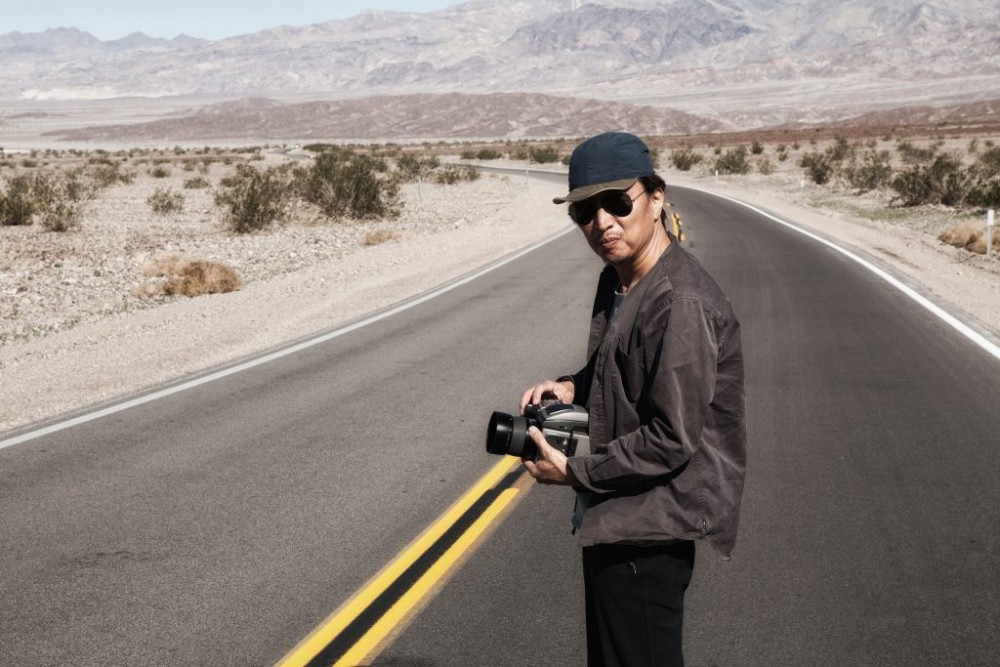
What is the message or feeling you hope people can receive after seeing your pieces?
[Kim] I’ve been going back and forth between Korea and the States, such different surroundings and different kinds of meditation, but overall, I felt many things. I’m not a social media person, but I’m doing as much as I can to spread my artistry and express my feelings.
The concept and message are that we are living in a fast-moving society. In those pictures, they seem to be abandoned, but at one point, there were people or a business or something in this structure. So it’s like, we humans, we can develop something yet just so easily abandon it.
I want people to experience and have a curiosity about these images, and ask themselves questions like: “Who has been here?” “Where are they now?” or “Why did they leave?” Because without people, this town or site or building would not have existed. There’s inhabitance there.
I hope to spread awareness that people should think ahead and plan ahead for the future. Learn that it is important to preserve and have realisations because this is all concrete structures – human beings made it. Everything is linked and connected. A photo may look beautiful, but behind it, there are flaws that lie within.
All the photos you’ve captured are much more than just a picture.
[Kim] These pictures, if you noticed – there is barely a shadow in sight. That’s why it looks like it could’ve been paintings or an image imprinted on cardboard. But it’s all photography. And photography has always been a form of documentation, so in a way when people don’t necessarily know much about fine arts photography, they immediately just think of who, what, when and where it was captured, instead of what’s the story or why this frame of scenery or what’s happening at that moment. So that’s why overall, I want people to see more than just a photo image. I want people to imagine a story once they see my work.


